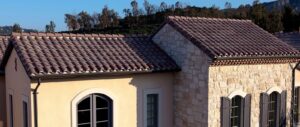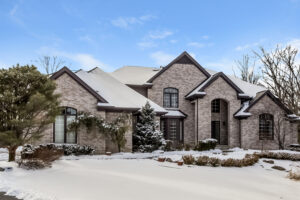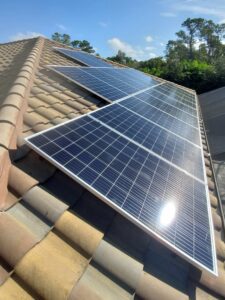Living in an area prone to wildfires can be a scary and stressful experience. One way to help protect your home from the threat of wildfire is by choosing the right roofing material. When doing research on products, be sure to look for materials rated “Class A” for fire resistance.
What is Class A material?
Roofing materials that are Class A have been tested for fire resistance and meet the requirements of the National Fire Protection Association (NFPA). These materials are used in commercial buildings such as warehouses and factories, as well as residential homes. Class A roofing is the preferred choice for any home, but this type of roofing is particularly important if you live in an area prone to wildfires. To achieve a Class A rating, the roof must be effective against severe fire exposure. This is proven if it can:
• Experience maximum flame spread of 6 feet
• Withstand a burning brand measuring 12″ x 12″ and weighing 2,000 grams
• Last 2 to 4 hours before ignition
• Resist 15 cycles of a gas flame turned on and off. If no charring occurs during this process, it’s considered Class A material.
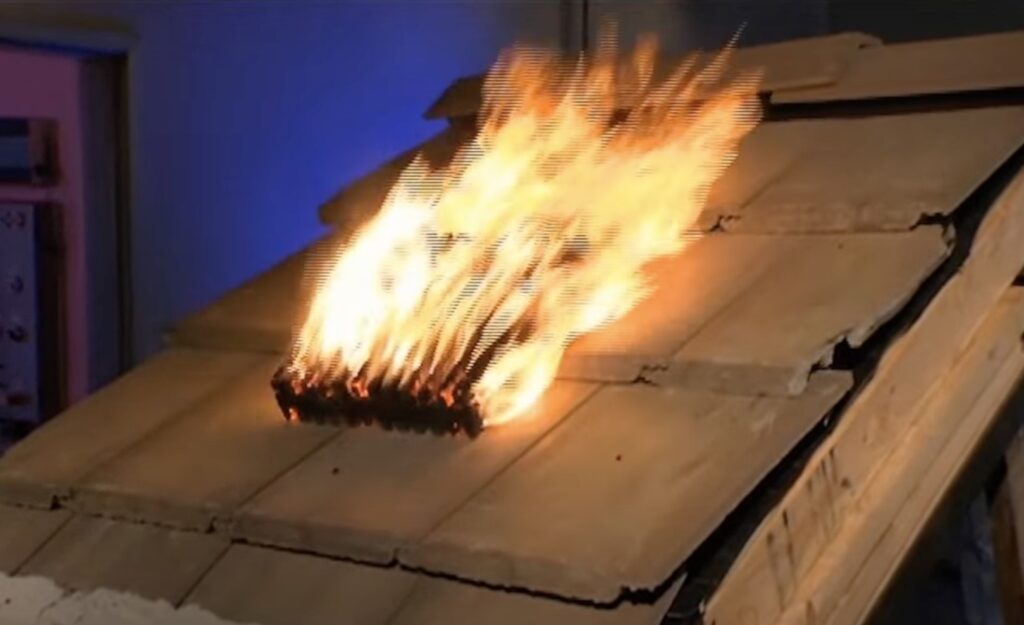
Top Three Class A Roofing Materials.
- Clay and Concrete Tile Roofs:
Clay and concrete tile roofs are also non-combustible and highly resistant to fire. They can withstand high temperatures and help protect your home from flying embers.
2. Slate Roofs:
Slate roofs are another non-combustible option that can help protect your home from wildfires. They are durable and long-lasting, with a lifespan of up to 100 years.
3. Metal Roofs:
Metal roofs are becoming increasingly popular in wildfire-prone areas due to their non-combustible nature. They are made of steel, aluminum, or copper and are highly resistant to fire.
Maintenance:
No roof is truly fireproof under all conditions, but a major part of making sure your Class A roof has the best chance to do its job is regular maintenance. Cracked tiles, missing mortar, or loose metalwork can be an entry point for embers during a wildfire. Keeping up on maintenance is just as important as selecting the correct product.
Other steps to help your home in a wildfire area.
In addition to choosing the right roofing material, there are other steps you can take to protect your home from wildfires. These include:
- Clearing debris from your roof and gutters
- Trimming trees and shrubs near your home
- Creating a defensible space around your home
- Installing ember-resistant vents and screens in soffits and gables.
- Keeping a fire extinguisher or reserve water source on hand.
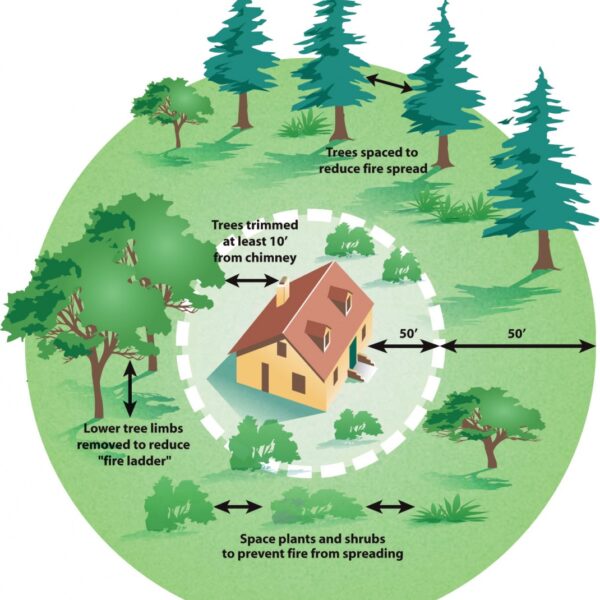
By taking these precautions and choosing the right Class A roofing material, you can help protect your home and family from the devastating effects of wildfires.
Are you ready to replace your roof with a fire resistant option or learn more about Class A roofing materials? Contact us here at Tile Roofs Canada and schedule a consultation.


